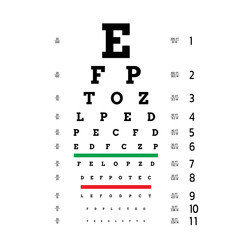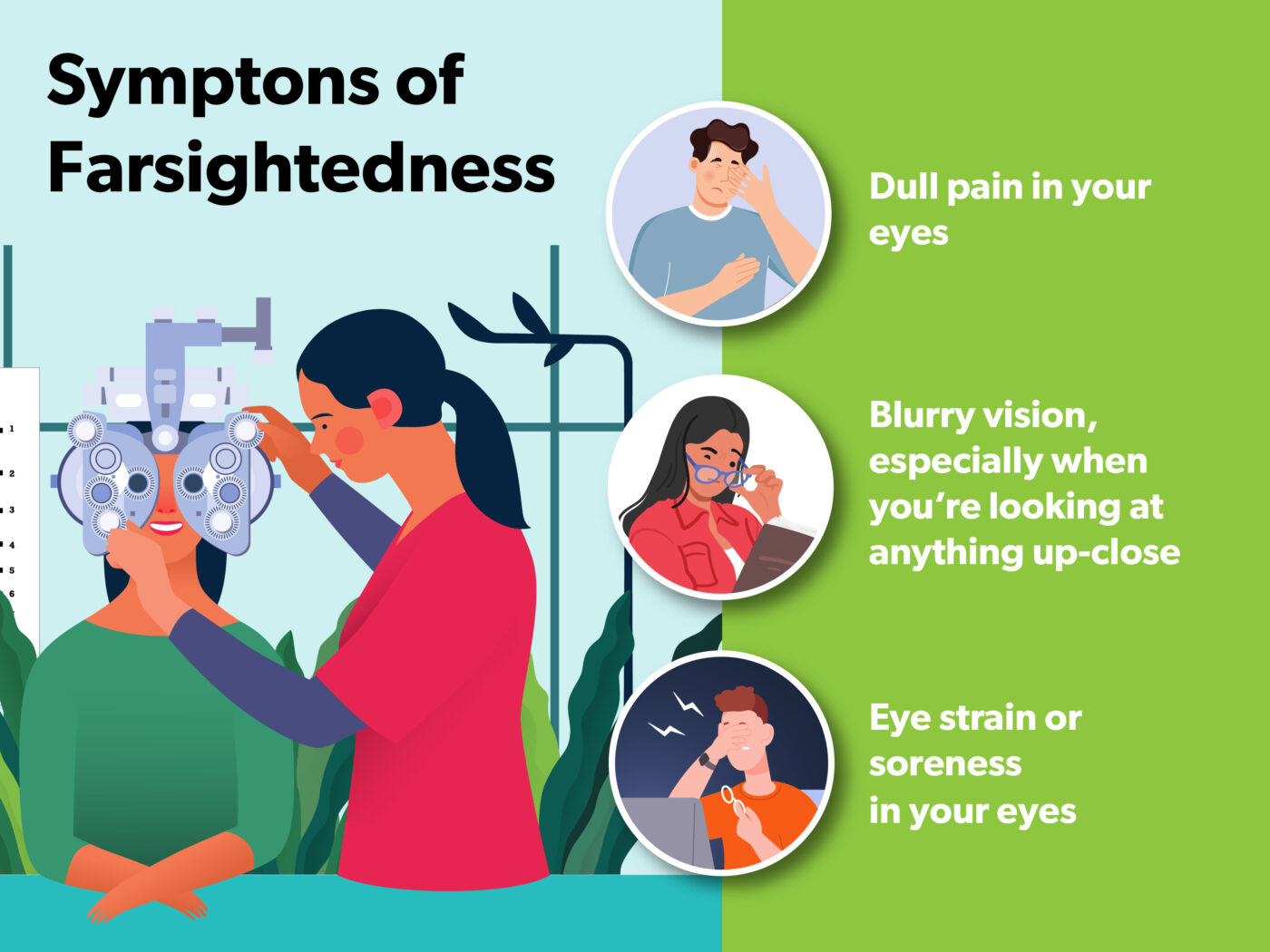LASIK is a popular vision correction procedure, but like any medical treatment, it’s essential to be aware of potential LASIK risks before making an informed decision. While complications are relatively rare, it’s crucial to discuss any concerns with your LASIK eye care professional to determine if LASIK is the right choice for you.
Here are some factors to consider and discuss with your LASIK surgeon or optometrist:
Dry Eye: Many patients experience temporary dry eye symptoms after LASIK, which typically resolve within a few months. Your doctor may recommend using artificial tears or prescribe additional eye drops to manage this side effect.
Infection Risk: Proper post-operative care and adhering to your doctor’s instructions are essential to minimize the risk of infection. If you experience any unusual symptoms, promptly contact your eye care professional.

Residual Refractive Error: In some cases, particularly with higher prescriptions, patients may experience residual refractive error, which can often be addressed with a follow-up enhancement procedure.
Corneal Stability: Certain pre-existing conditions, such as keratoconus, may increase the risk of complications. Your doctor will perform thorough evaluations to assess your candidacy for LASIK.
Regression: While uncommon, some patients may experience a gradual regression of their vision correction over time. Many providers offer enhancement procedures to address this possibility.
Visual Disturbances: Some individuals may experience night vision disturbances, such as glare or halos, particularly in the initial post-operative period. These symptoms often diminish over time but can persist for a small percentage of patients.
Flap Complications: In rare cases, complications can occur with the corneal flap created during LASIK. Proper post-operative care and avoiding eye trauma are crucial for healing.
Vision Fluctuations: While rare, there is a possibility of vision fluctuations or potential vision loss following LASIK. Selecting an experienced surgeon and adhering to post-operative instructions can help minimize this risk.
Epithelial Ingrowth: In some instances, corneal tissue may grow under the LASIK flap, which may require an additional procedure to remove the ingrown tissue if it affects vision.
Remember, many of these considerations are rare, and your LASIK eye care professional will thoroughly evaluate your individual risk factors and provide personalized guidance. Open communication and choosing an experienced, reputable LASIK surgeon are essential for achieving the best possible outcomes.








